Learning from Experimentation
Clark Quinn
FEBRUARY 5, 2019
We were talking about how to lift the game of Modern Workplace Learning , and each had staked out a position, from human performance consulting to social/informal. It includes social interactions as well. You may have a community of practice or a mailing list that is appropriate. That builds the culture. So get to it!






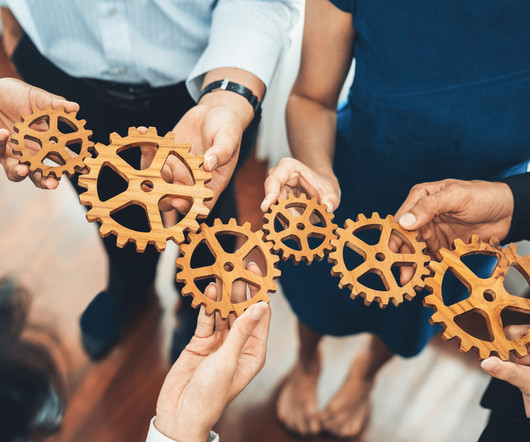



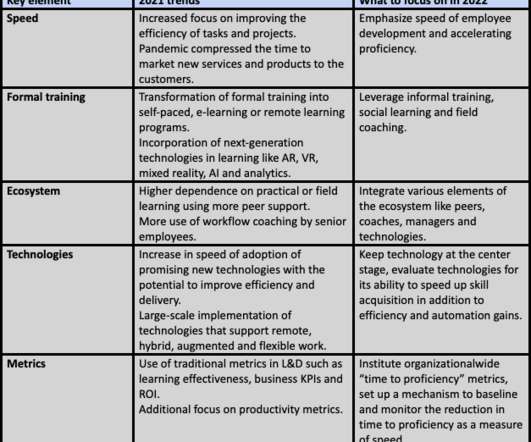







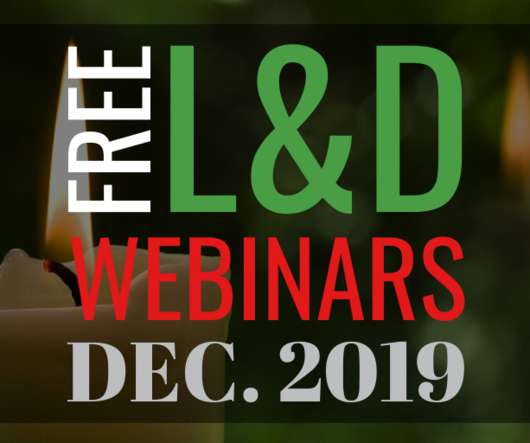









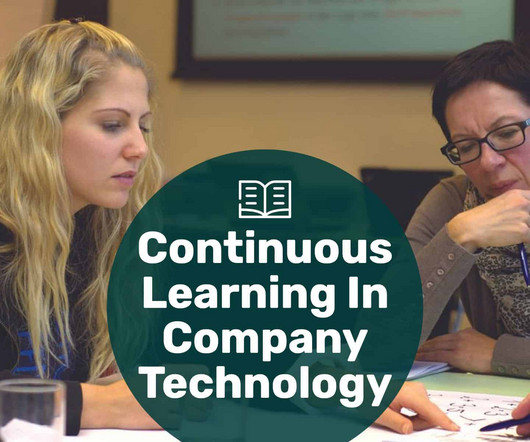



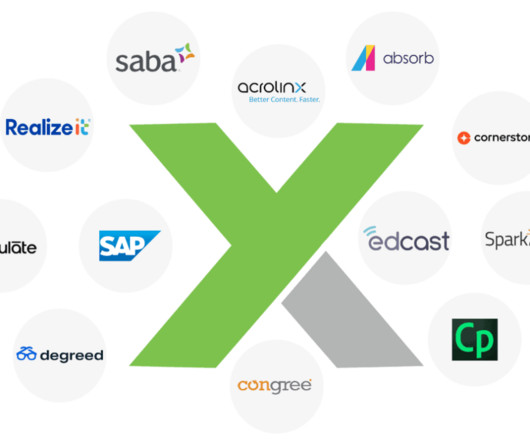











Let's personalize your content